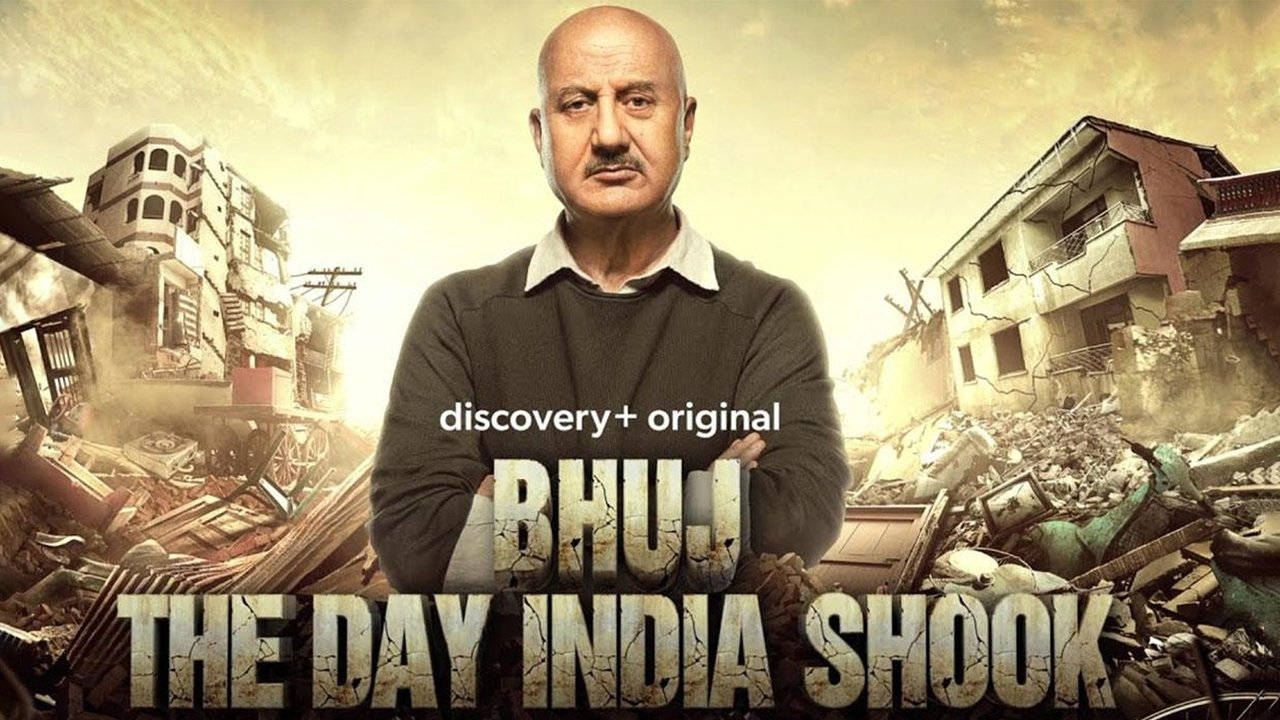
Bhuj: The Day India Shook (2021)
The documentary talks about of the devastating earthquake of 2001 and captures first-person accounts of survivors, rescuers, journalists, photographers, and earth scientists.

The documentary talks about of the devastating earthquake of 2001 and captures first-person accounts of survivors, rescuers, journalists, photographers, and earth scientists.
 Anupam KherNarrator
Anupam KherNarratorDirector Shah Krishna compiled this compelling documentary of Indian cinema after spending two years searching through film archives from all over the world. Included are films from the turn of the 20th century through the 1970s to illustrate various schools of filmmaking and the historical progression of the art form.
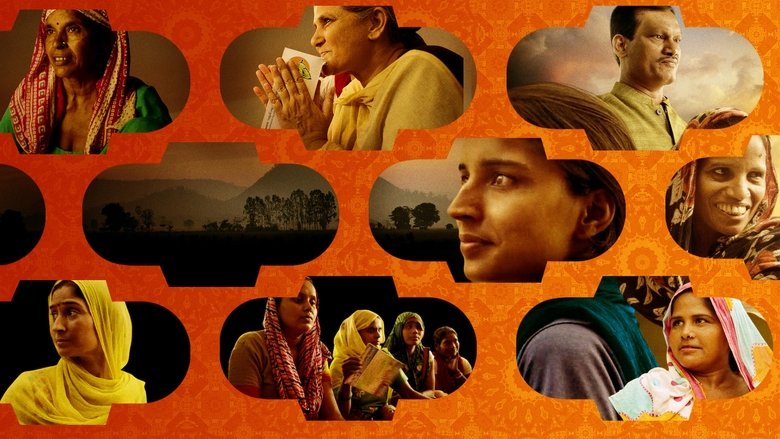
In an effort to improve feminine hygiene, a machine that creates low-cost biodegradable sanitary pads is installed in a rural village in Northern India. Using the machine, a group of local women is employed to produce and sell pads, offering them newfound independence and helping to destigmatize menstruation for all.
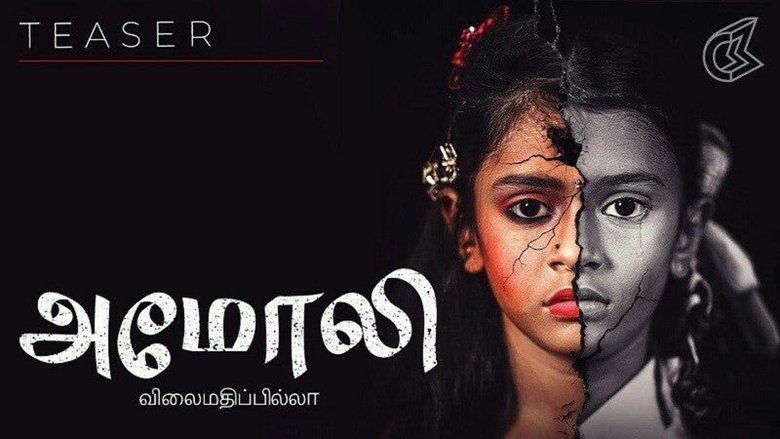
In India, a child goes missing every 8 minutes. Where do these children go? What happens to them? This is not just a story of one missing child. This is the reality of our nation. And yet, we sit in silence.
Though times have changed, Ram still uses old ways of farming due to a drought in the village. His brother, Bala, goes to Bombay to earn his living. Mahadev, a Zamindar in the village, eyes Usha, the lover of Bala. Due to the drought, the crops fail in the village, and Shikh Sahib, a social worker, comes to help the farmers, and shows them new ways of farming. Ramu goes to Bombay to take a loan for cooperative farming and asks Bala to turn back to the village, but he refuses. [The film is a socio-economic study of post-independence India, blending documentary elements with narrative storytelling. The film is often described as a "simple story woven into the documentary design" and features actors like Prithviraj Kapoor and Dev Anand.]
A filmmaker's insight into the biggest gathering on earth -the Kumbh Mela.
The charismatic Snow Leopard is the least understood of all the big cats and one of the most challenging to film. Over a period of five years, veteran Indian wildlife filmmakers, Naresh and Rajesh Bedi endured extreme cold and the thin air of the Himalayas in their daunting quest to reveal the secret lives of these elusive predators, ultimately with great success.
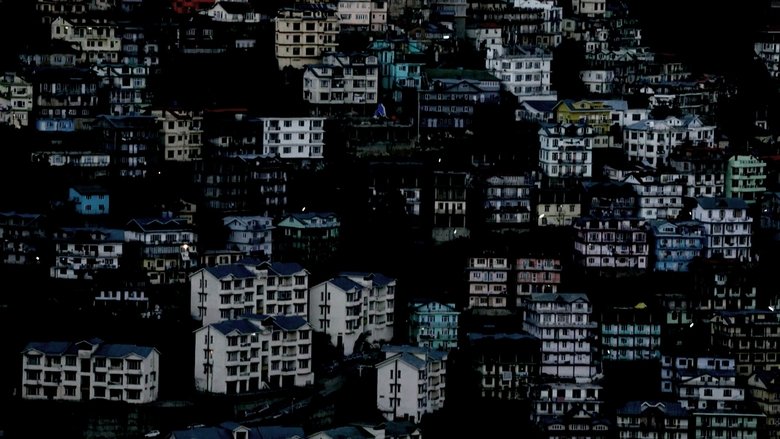
This film explores various aspects of litterateur and painter Ram Kumar's personality by structuring the film around his stories and paintings, traveling between fragments of his past, present, fiction and imagery. It strives of etch out the synthesis of word and image in Ram Kumar's creations, presenting it as a portrait of the artist himself. The text used in the film is from various short stories by Ram Kumar.
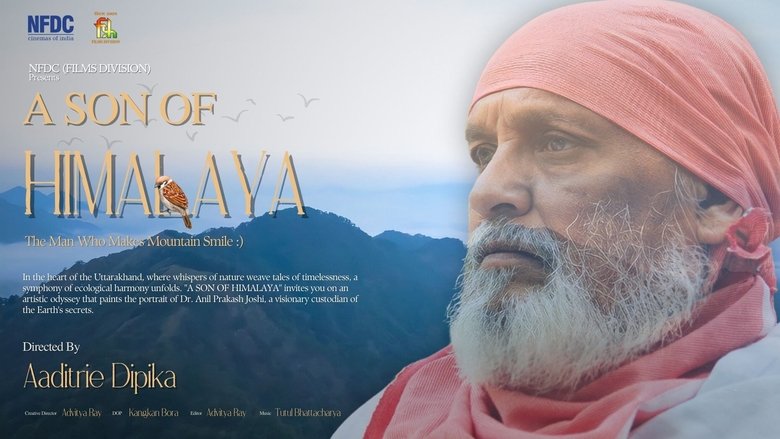
"Discover Dr Anil Prakash Joshi's Himalayan journey in 'A Son Of Himalaya". From rural roots to ecological visionary, witness his symphony of sustainability, GEP innovation, and the transformative power of nature's whispers.
A documentary made by Ghatak observing the life of the Adivasis.
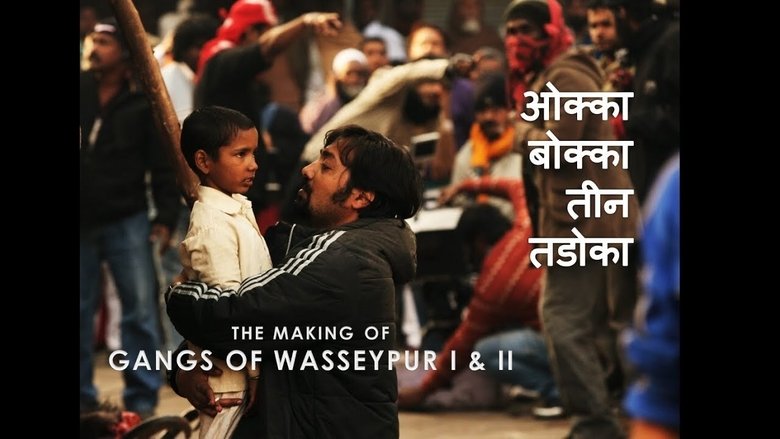
An extensive, in-depth account of the making of an ultimate revenge saga through the eyes of Anurag Kashyap, the cast and the crew of "Gangs of Wasseypur".

A turbulent newsroom drama that intimately chronicles the working days of broadcast journalist Ravish Kumar as he navigates a spiraling world of truth and disinformation.
Guler, a small principality near Kangra, was an artistic and cultural wellspring since it's accidental inception in the 15th century. Many greats like painters Pandit Seu, his sons Manaku, Nainsukh, and the poet Brajraj were born here. Today the whole system of patronage under which lofty endeavours were possible even in financially austere conditions is gone. And tragically even the physical landscape is submerged under a dam. The film seeks out some traces of the submerged past, through the memories of those left behind, a condensation of a bygone civilization.
An ascetic walks through the narrow streets of a village every morning while his family is still asleep. In his semi-somnolent state he dreams about the history of the village mixing up myths, folklore and facts.
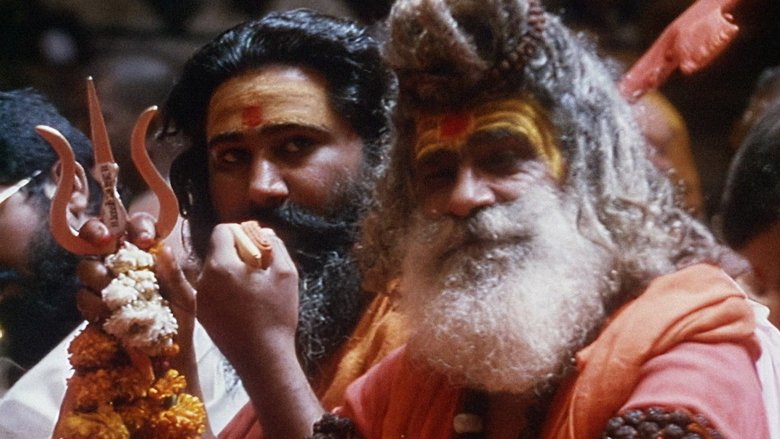
The film explores the campaign waged by the Hindu right-wing organisation Vishva Hindu Parishad to build a Ram temple at the site of the Babri Masjid in Ayodhya, as well as the communal violence that it triggered. A couple of months after Ram ke Naam was released, VHP activists demolished the Babri Masjid in 1992, provoking further violence.
Dalits, in the Indian caste system, belong to the lowest social sphere and are therefore subject to regular discrimination and violation of their basic human rights. Also referred as “untouchables,” this group was vindicated by B. R. Ambedkar, a Dalit who earned doctorate degrees abroad and fought for the emancipation of his people. In 1997 a statue honoring him was desecrated, unleashing the rage of the Dalit community, but instead of getting support by the authorities, ten persons were murdered. This documentary took 14 years to be made and it captures the music and poetry of this people, showing a tradition against superstition and religious bigotry that has strived since the times of Buddha.

In a poetic hour and a half, director Mani Kaul looks at the ancient art of making pottery from a wide variety of perspectives.
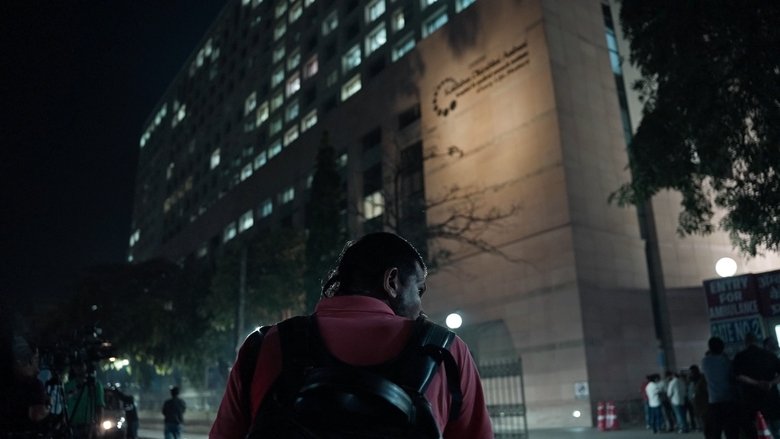
Aspiring to make it big in the page 3 industry, an established paparazzi Manoj takes his chance against fellow photographers in a race to capture the most sensational photos in order to battle the realities of life. Maithili language film.
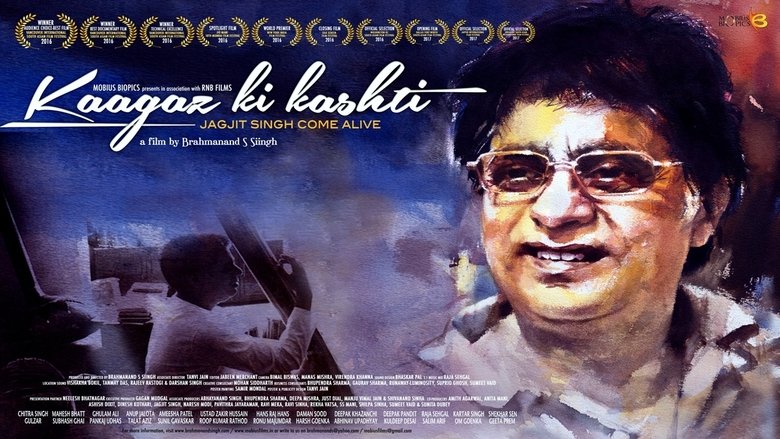
Documentary on the life of ghazal samrat Jagjit Singh, who changed the landscape of Indian Music.
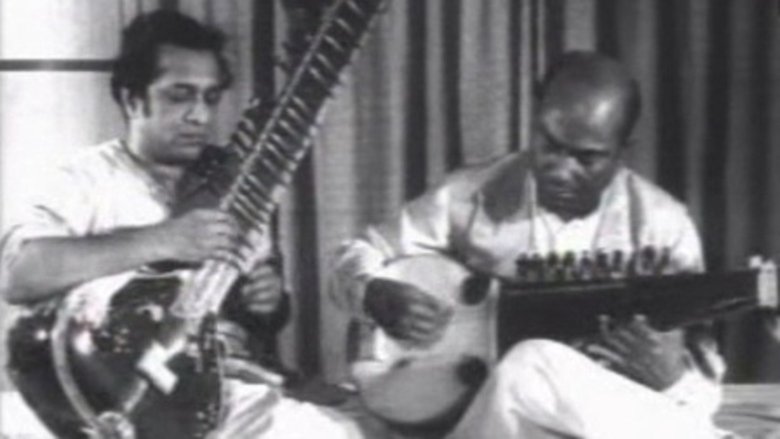
Life and disciples of legendary Indian classical musician and teacher, 'Guru' of Pandit Ravishankar, 'Baba' Ustad Alauddin Khan.
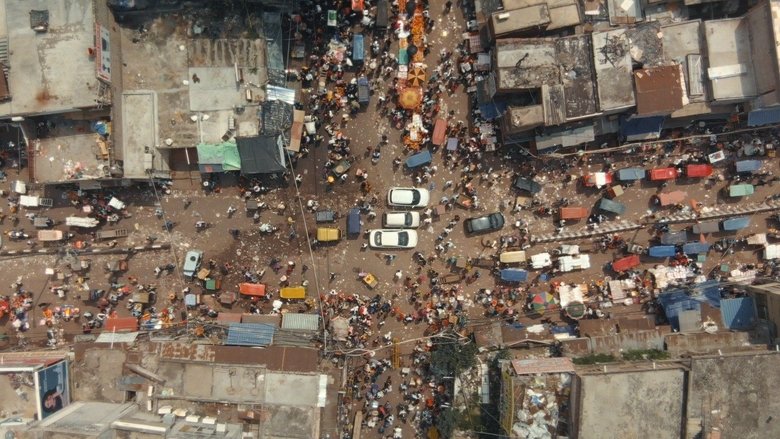
A prismatic meditation on pollution in the capital of the World’s biggest free-market democracy and the most polluted and populated city, Delhi – a film about the pollution inside of the human mind.